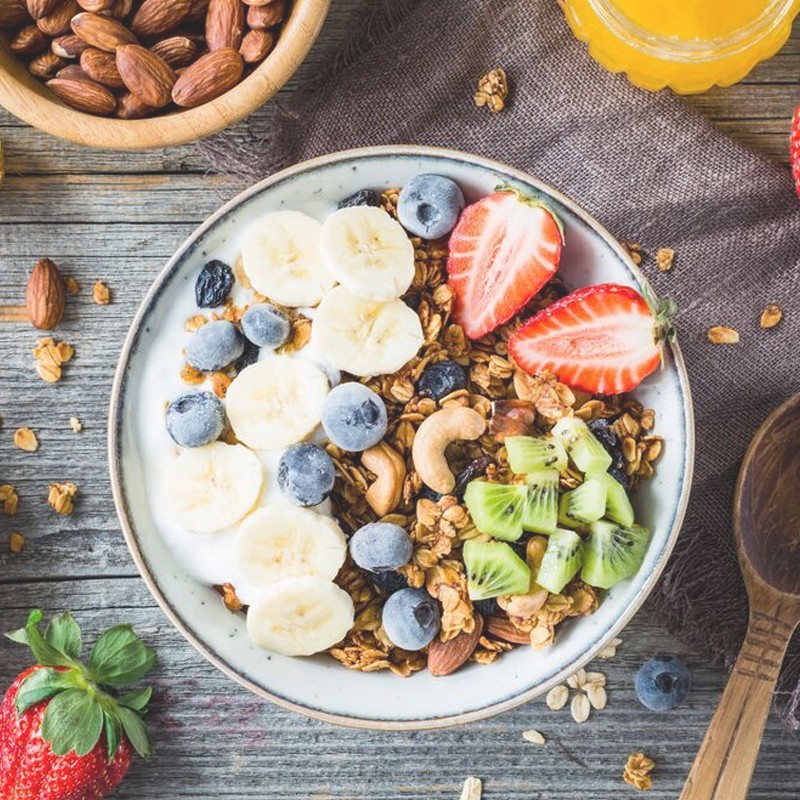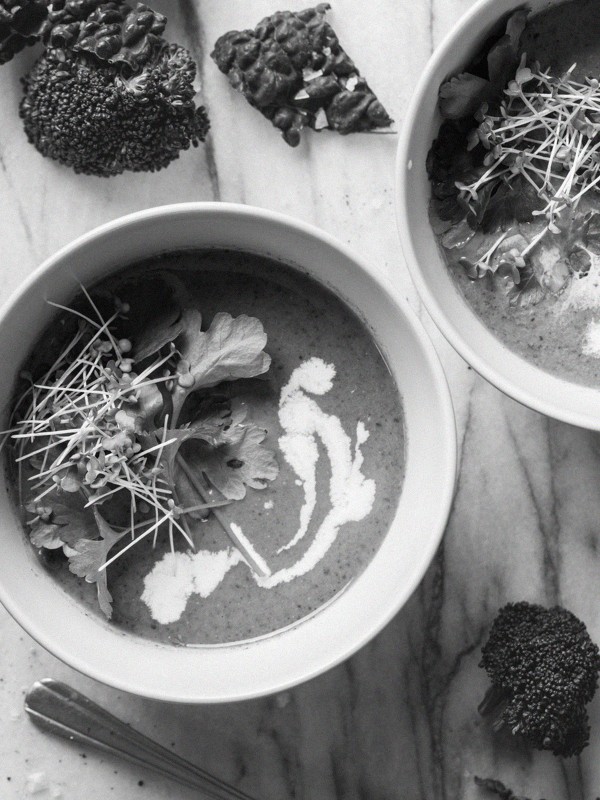9 Ways To Supercharge Your Diet
1. Slow Down
Did you know digestion starts in your mouth? When you eat, your brain releases the enzyme salivary amylase to break down carbohydrates and ensure proper digestion. If you’re eating too fast, it’s likely you’re not chewing your food enough to allow the enzyme to get to work, meaning you could be missing out on vital nutrients.
So how long should you chew for? Recent research suggests the magic number of times to chew is 40 – scientists found that when people chewed almonds 40 times, they absorbed more healthy fat than when they chewed them just ten times, making nutrients like vitamin E more accessible.
2. Know When To Go Raw
While there’s much hype about foods losing their nutrients through heat, there are dozens of foods that actually deliver more bang for their buck when cooked. For example, cooking significantly increases the bioavailability of lycopene, found in tomatoes – research shows that lycopene (crucial for healthy skin) increases by 25% when tomatoes are boiled for 30 minutes. Similarly, cooking also boosts the beta carotene content of foods such as carrots, sweet potatoes and spinach.
3. Pair Fat With Fat
Research shows fat-soluble vitamins A, E and K, as well as antioxidants like carotenoids need fat to be properly absorbed in the body. Therefore, foods such as sweet potatoes, carrots and squash, all rich in vitamin A, as well as eggs and mushrooms (bursting with vitamin D), spinach and asparagus (vitamin E) and kale, spinach and broccoli (vitamin K) are boosted when paired with a portion of healthy fats such as nuts, olive oil, avocado or coconut oil.
4. Team Iron With Vitamin C
Iron from non-meat sources is known as nonheme iron. Nonheme iron is not as well-absorbed as heme iron, which is found in animal foods such as red meat and dark poultry. To absorb nonheme iron from plant foods up to six times better, pair them with foods rich in vitamin C, which will boost absorption. Think a spinach salad with a lemon juice vinaigrette or braised kale with fresh chili.
5. Pop A Probiotic
Up to 30% of the protein and carbs you eat reach your colon undigested, where your gut bacteria start to break them down. However, a boozy weekend or holiday can disrupt the balance of good and bad bacteria in your system, throwing off this process. In this light, a good-quality probiotic supplement can help to bolster your resources. Similarly, it could be worth taking a digestive enzyme, which help to break down food more easily, enabling your body to better absorb nutrients.
6. Kick Up The Spice
White pepper contains a compound called piperine, which has been shown to increase nutrient absorption. Try making a seasoning and use it on everything from seafood and meat to veggie dishes.
7. Chill Out
When you’re under pressure or feel stressed, your brain releases stress hormones that make your heart beat faster and give you an adrenaline rush. This, in turn, slows down your digestive process which explains why you may get a tummy ache when you eat on the run or at your desk. Try to relax as much as possible at mealtimes, ideally eating away from your desk.
8. Don’t Cut Before You Cook
Put the chopping board down… A recent study found potatoes retain 50% more potassium when cooked whole as opposed to being chopped while Newcastle University research revealed whole carrots retain 25% more of the cancer-fighting compound falcarinol.
9. Store Fruit At Room Temperature
US researchers have found some fruits continue to develop nutrients after they’ve been picked – if they’re kept at room temperature, rather than chilled in a fridge. While studies haven’t yet pinpointed exactly why this is, consider storing your peaches, tomatoes and watermelon out of the fridge – fruits and vegetables which have been shown to particularly thrive at room temperature.
DISCLAIMER: We endeavour to always credit the correct original source of every image we use. If you think a credit may be incorrect, please contact us at info@sheerluxe.com.






